While many product development ideas may be good, the feature prioritization process is key to achieving market success. You must decide which features are the most important, doable, and urgent.
Product teams should rely on comprehensive product research to develop product ideas. Relying on instinct or assumptions will throw your entire roadmap off track.
This guide will show you the most popular methods product managers use to prioritize feedback as well as suboptimal approaches to avoid.

What are product features?
You can define product features as smaller parts of your product that serve the end-user on the way to achieving overarching goals. Some features are inseparable from your product ideation, while others are extras that can be developed later to boost your product value and desirability.
Features allow your users to get the job done within your product. You can craft your product strategy to achieve market fit by assessing user needs.
Why prioritize features?
According to CB Insights, startups fail because they spend time and resources building features for which there is no market need.
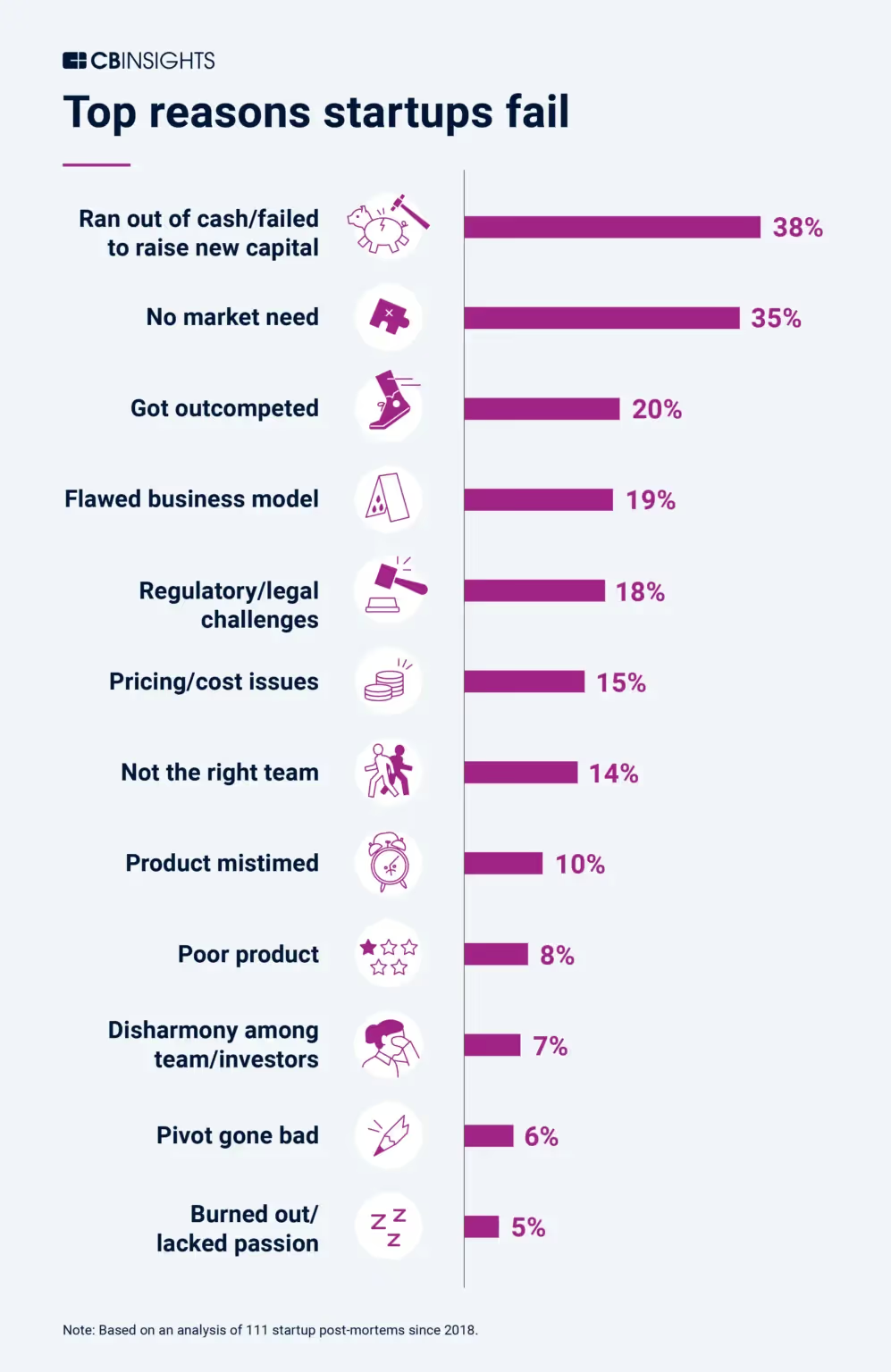
Any talented team can develop an endless list of great product ideas. The product manager’s task is to separate the ones you should be focusing on right now from ideas that have a waiting period your product strategy can withstand.
Feature prioritization is the art of making the perfect compromise of everything you can do to improve your product vs. what is urgent, viable, and brings the most value to your existing customer base.
Comprehensive research lets you know which features will meet both user needs and business goals and what makes sense for your SaaS product at any given time.
It’s not about picking one person’s idea over someone else’s. Your priorities should lie in data-backed decisions that guide your product towards your North Star metrics.
Failing to prioritize product features means risking:
- Wasting resources
- Working on updates that don’t meet user needs
- Driving away customers
- Letting competitors get the best of you
- A poor customer satisfaction score, including your NPS, CSAT, and CES
How to prioritize product features
Follow the workflow example below to find out which product features will drive your analysis in the right direction in the long term.
Step 1: Strong product research
Any solid product strategy requires product research that dives deep into what your users need.
Analyze business metrics like
- conversion
- retention rates
- customer lifetime value
- churn
- cohorts
- product upgrades
- the number of active users
- user satisfaction
to get an overview of your analytics. Yet, quantitative research is best done by surveying your existing customer base.
Ask your customers to rate the feature ideas you currently have in your roadmap or backlog.
Then, run user tests and survey customers again to gain insights into their experience.
Couple that with qualitative research to learn about your user’s underlying needs. Lastly, pan that against your North Star metrics to feed your vision and make immediate decisions.
Step 2: Development of a product vision and strategy
Define your product vision by translating research into the strategic level - creating actionable roadmap tasks.
- What does the research tell you?
- Why should you develop these features?
- What direction is it leading the product towards?
Your roadmap should comprise features that will not only bring profits but ones that will satisfy user needs now and in the future. User analysis will help you weigh potential roadmap tasks that you should put at the center of your strategy.
Step 3: Feature categorization according to user needs
The more data you have, the better, but… it is also harder to handle. Masses of data concerning different product feature ideas may confuse your team and make you lose sight of your North Star trajectory. The reason is a lack of a proper toolset and processes.
Try to think of what your customers need, want, or don’t have use for concerning your product by applying the following methodologies: user stories, epics, and themes. Then, categorize and group initiatives according to the goals you want to achieve.
User stories
A user story is a way of looking at your product with a potential user. It’s a theory of how you imagine a user comes across and uses your product. It is the smallest unit of work in an agile framework.
The goal of researching a user story is to imagine how they will use your product. Based on that, you can infer conclusions that will help you develop your service in the right direction.
Think about what a potential user “wants done” with the help of your tool. When building a user story, giving them a name, job title, and perceiving the tasks they want to accomplish is helpful. And then think about ways you can develop your product to fulfill that user’s needs.
Epics
User stories are small tasks that make up an epic. Epics share a common business objective within multiple user stories.
In layman’s terms, epics are collections of user stories or tasks that you can fit right into your roadmap. These categories should have common goals that you, as a product manager, are trying to make possible.
Think of epics as multiple user stories that want to accomplish the same goal. Target these customer base segments with similar (or the same) feature ideas. The more epics you can satisfy within one product update, the more significant an update's impact.
Themes
Themes show multiple user base segments in a bird’s eye view: their needs and ways to satisfy those needs. If you can develop a product feature that can fulfill an entire theme, it’s a significant change that will likely boost customer satisfaction considerably.
Themes are epics that encompass similar attributes toward organizational goals.
Step 4: Use of a prioritization framework to rank features
Decision-making frameworks are methods of ranking potential features. They help you decide what’s most valuable to develop now. The described ways are relevant to both small companies and large enterprises like Google and Apple.
Many frameworks involve building matrixes. But don’t worry, this can be a simple process. You can use software for it, but some product managers prefer to and do well with making the process analog - you can even use post-it notes.
Impact vs. effort model
The impact vs. effort framework requires a 2 x 2 matrix. Label your Y-axis with “impact” and your X-axis with “effort”.

Place your ideas on the matrix. The features that achieve maximum impact while requiring minimal effort are the ones you should start building first. This methodology is versatile; you can apply it to many prioritization strategies and your own life.
Features that require more effort than the impact they bring should be put lower on your priority list or placed on the backlog. Perhaps one day, they will become more impactful when the market or user needs change.
This framework is intuitive and popular among product managers. It eliminates projects that may not add much value while wasting considerable resources.
On the other hand, the “impact vs. effort” model doesn’t account for a more comprehensive product strategy. For instance, you may lose sight of which customer segment is worth pursuing.
As a product manager, you might not immediately know how much “impact” a given feature requires. Consult with your developers, design team, and other stakeholders to ensure you place feature requests in the correct categories.
Nonetheless, we recommend this model as it is quick and straightforward. It gives you a general perspective on the potential tasks in your roadmap.
RICE method
RICE is a more advanced version of the "impact vs. effort" model. The letters stand for Reach, Impact, Confidence, and Effort. This scoring system was developed by one of Survicate’s integrations, Intercom.
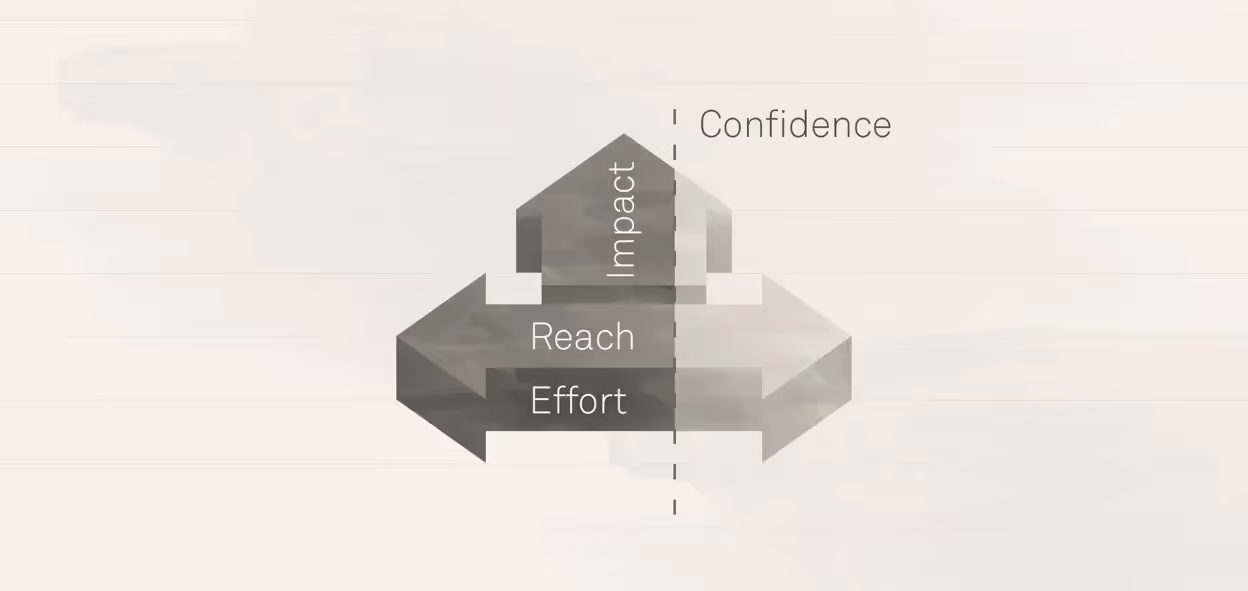
RICE’s goal is to prioritize features on the roadmap according to your resources, customer base, and ROI. The scores assigned to each factor will give you the relation of a feature idea to other ideas on your roadmap.
Let’s go through each factor, one by one, with an example.
- The reach is how many people will benefit from the idea.
You have to decide on a period and the scope of your reach. For example, you could measure your reach by the number of signups you expect to get over a quarter after the release of the new feature.
- The impact is how much the idea satisfies current user needs.
You can take the qualitative or quantitative approach.
A quantitative goal would be how many signups convert into paying customers. A qualitative approach may refer to how much customer delight will grow thanks to the new feature. Take advantage of the product research you conducted in step 1.
These aspects are measured on a 5-tier scale:
- 3 - massive impact
- 2 - high impact
- 1 - medium impact
- 0.5 - low impact
- 0.25 - minimal impact
- Confidence is how sure you can be of the reach and impact of a product feature.
Intercom suggests that you should place your efforts elsewhere if your confidence is below 50%.
- Effort is how much time and resources developing this feature will take.
Effort is the total of resources needed to develop the feature in question. You can think of it as a denominator below all the other metrics considered in the RICE framework.
You can find a more comprehensive breakdown of the RICE framework on Intercom’s website.
This approach is more scientific and complex than the “impact vs. effort” model. It considers more factors but involves much more calculation and time to prepare.
Since confidence and impact are not clearly defined, some critique this model for its subjectivity.
MoSCoW method
The “MoSCoW” method is another acronym that applies weighted scoring to ease your product decisions. Let’s go through what factors are essential in this approach.

The M stands for features that your product “must have.” These are non-negotiable and are either a part of your product ideation or updates that you must apply to retain your customer base or maintain your profits.
The S stands for features your product “should have.” These aspects of your product will bring huge profits or many new paying customers.
The Co means features your product “could have.” They are not essential but still generate high chances of ROI, improved customer satisfaction, and other benefits.
The W stands for features your product “won’t have” but may have in the future. The reason is most commonly a lack of time or resources to implement the changes right now. These features should go into your backlog or be scrapped altogether.
By assigning each of your ideas one of these categories, you will get a ranking of features. Note that this assortment of features does not take into account customer research. It may make sense to couple this framework with a customer reach-out campaign.
Kano Model
Otherwise called a customer delight versus product function model, the Kano model divides feature ideas into three categories:
- Basic
- Performance
- Excitement
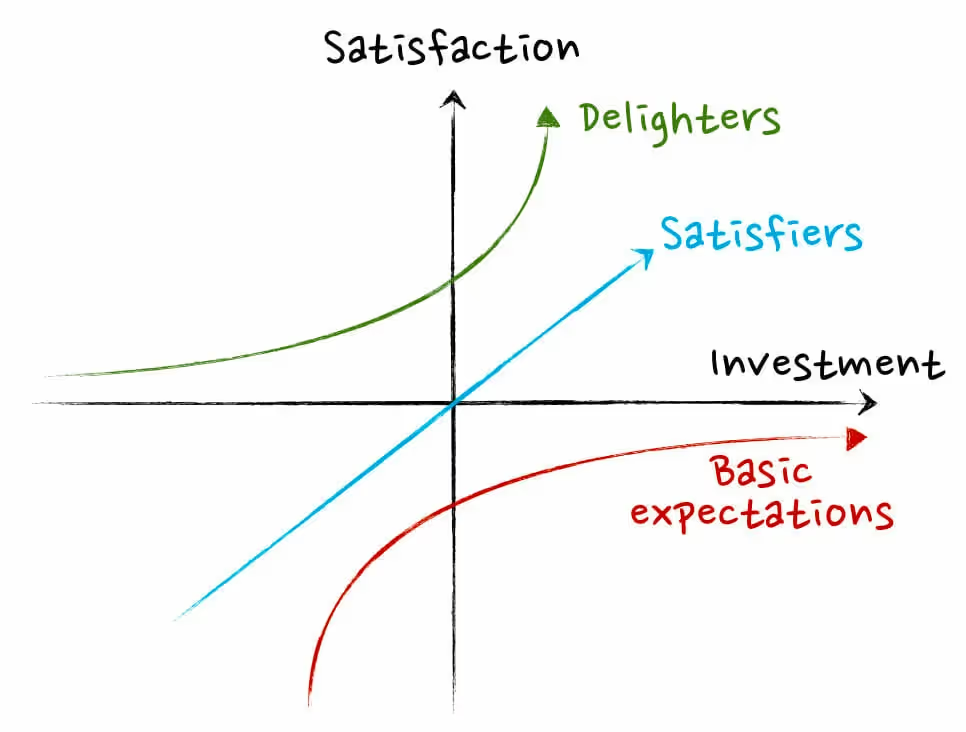
Primary features satisfy customers' immediate needs for your product. These features are most commonly heavily intertwined with your product ideation or significant changes in the market. Without these features, your product wouldn’t match the market demand you are trying to fill.
Excitement features give you a disproportionate increase in customer satisfaction or ROI to the time and resources you must devote to the task.
And lastly, performance features are the ones that will proportionately provide a boost in ROI or customer satisfaction concerning the effort your team has to put in to drive the feature home.
The Kano graph relies heavily on customer feedback. Once you decide on preliminary assumptions about where feature ideas lie, you must survey your customers. Using their feedback, you map the features on the Kano graph.
The X-axis represents your implementation cost, and the Y-axis represents your customer satisfaction.
We recommend using the Kano model for established products with a solid customer base willing to provide helpful feedback. This highly customer-oriented model makes it perfect for consumer-based products and features.
Step 5: Removal of low-priority items from the roadmap
Some matrix frameworks already contain this step. If you feel strongly about features that landed on the low end of the priority list, place them in your backlog.
Along with consumer needs, so does the market change, so it’s hard to let go of ideas developed by experienced professionals on your team. Even if it’s not the right time to invest time and resources right now, they may become a gold mine of product update ideas in the future.
Keep rejected ideas on file or create a product idea repository you can get back to when profits are high, and your product roadmap allows for it.
How not to prioritize features
Every feature idea comes from someone's hard work and professional opinion. The more ideas you have, the better, but it also gets more complicated to be objective and make the tough decision that a particular feature may be, well, not worth developing.
As mentioned numerous times above, the feature prioritization process cannot be emotional. Let’s go through some ways to avoid when deciding what your brand’s resources should be going towards.
First of all, do not base decisions on gut reactions. Choose features to prioritize based on data and user research.
Secondly, while your sales and support staff may be the loudest at the table, they don’t deal with the back end. They may be flooded with individual requests for a particular issue, but the sample is never representative. Only thorough research can show your customers' needs at a scale.
Remember not to focus too hard on isolated feature return of interest. While more revenue may seem like an excellent way to go, it is often short-term and may not align with your company strategy.
More profits don’t always line up with a better user experience, which is the ultimate driver of revenue and business success. Happy customers stay longer, and customer retention is the best way to drive revenue in the long term.
Another imperfect way of approaching prioritizing features is relying too heavily on what competitors are doing. Product development should be based on your research, customer data, and your team’s innovative ideas. What works for other brands may not necessarily work for you - and this approach always keeps you one step behind.
And lastly, don’t just prioritize features based on how easy it is to implement them. That you can get an update up and running the fastest doesn’t mean it’s the right way to go. This way of thinking almost always means you are not working towards an objective.
How can Survicate help you prioritize features?
Survicate is a customer feedback platform that lets you set up surveys in minutes and get a constant stream of customer insights at all stages of the funnel.
Thanks to our many integrations, we can facilitate your product research and feature prioritization process, so you don’t have to do the legwork manually.
Observe user behavior
Survicate integrations with tools like Smartlook, FullStory and SessionCam help see how users respond to soft launches and mockups. Observing how users and customers behave on your site or within your product will help you figure out which ideas you should pursue.
Additionally, session recordings of your minimum viable product (MVP) are a great way to figure out where points of struggle and shortcomings lie.
Find biggest customer struggles
While on the topic of customer struggles - surveys and website widgets are great at uncovering potential opportunities for improvement. Website feedback is highly contextual, and Survicate surveys are unobtrusive in design.
Use this feedback to discover areas you need to work on desperately to prevent customer churn. You can also use a website exit intent survey to get qualitative feedback on why customers leave.
Use these insights to prioritize features that eliminate blockers and user pain points.
Gather feedback on user ideas
You can also use Survicate to survey your existing customer base on what features they are missing the most. This is more effective than just listening to your sales team because you will likely get more data from different segments of your audience.
Let your customers have a voice in feature prioritization
Survicate also offers a feature prioritization survey that is a great tool to use when you already have some ideas on how to improve your product. Simply list your ideas and email the survey to your customer base.
And after the release, ask you customers for their input with the user satisfaction with features survey.
💡 YOU MAY ALSO BE INTERESTED IN: Requests for new features survey template
Communicate with your teams and stakeholders
Survicate integrations with dozens of the most popular SaaS tools to gather and report user research.
For instance, you can use our Slack integration to receive feedback in a chosen channel. This keeps your team in the loop and helps build roadmap tasks quickly and efficiently.
Survicate also generates intuitive and visually attractive reports you can take to your stakeholders whenever you need to present a product update idea. You can set up our feature prioritization survey with a single-choice or ranking question.
The results will populate in real-time to show which features your users miss most.
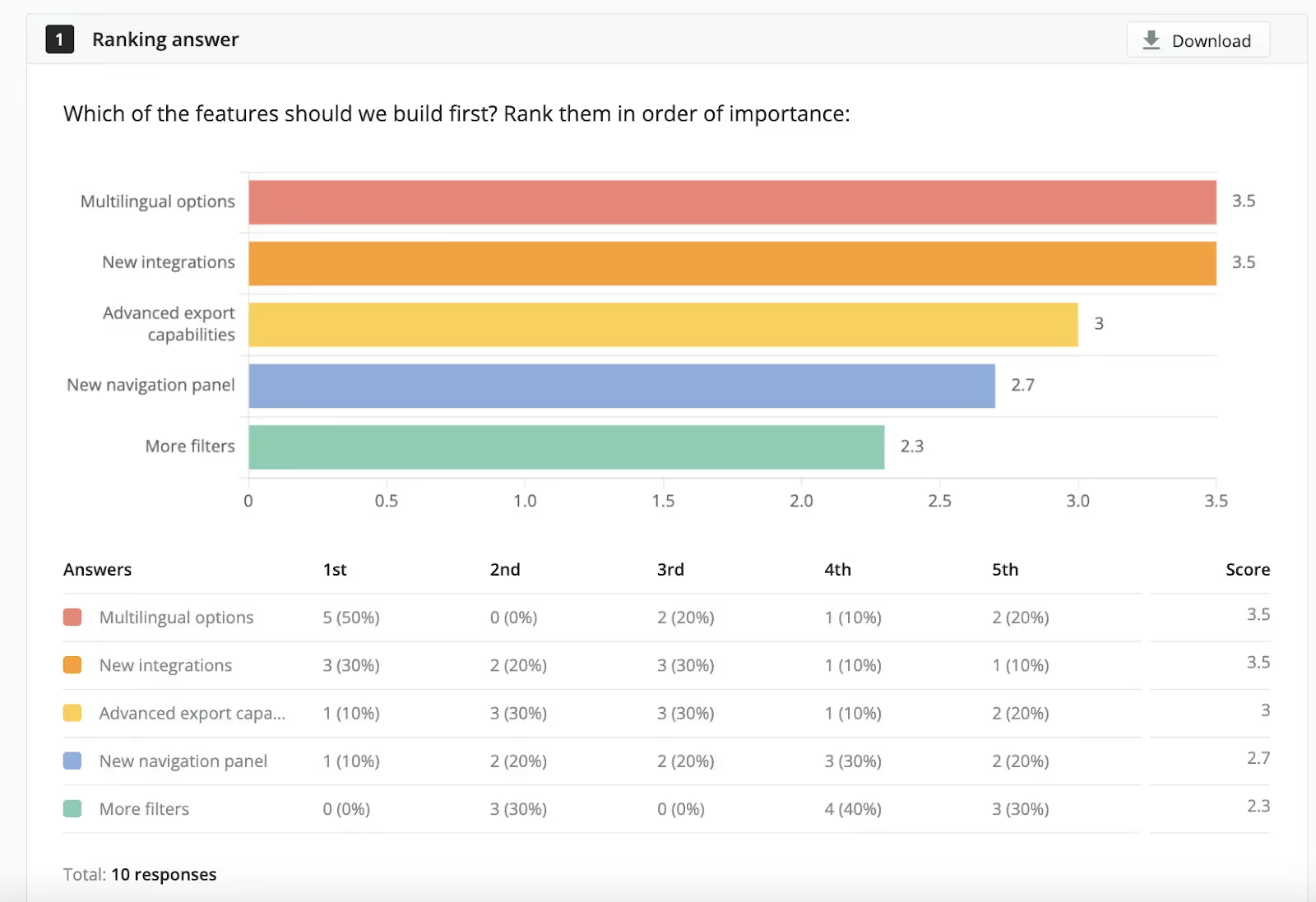
There is also an open-ended follow-up question that allows respondents to provide a reason for their answers.

Use this complex data to showcase which features you believe are most important at any given time.
Wrapping up
So, which features should you invest in? The bottom line is that the features you are prioritizing and developing must meet user needs.
You won’t know which features to prioritize by going with your gut, basing your decisions on customers who complain the most, or simply looking at which features are the quickest to implement.
Use Survicate to find out which product updates will bring you the most customer satisfaction in the long term to prevent customer churn and boost your customer lifetime value.
Sign up for Survicate's 10-day free trial and get access to all Best plan features today!








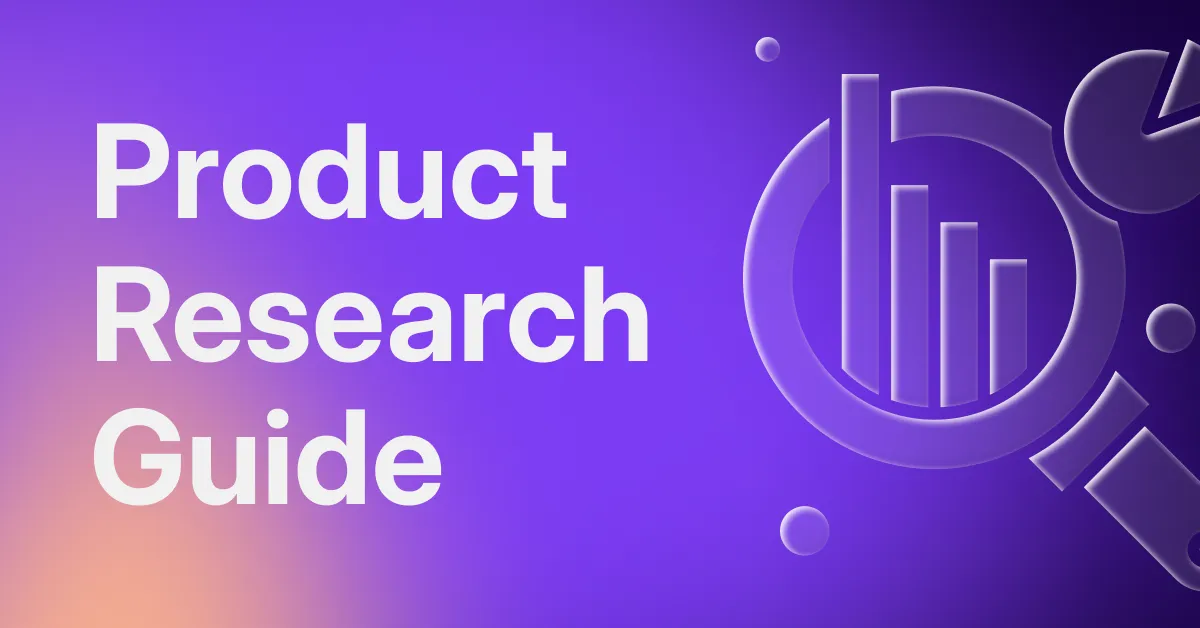

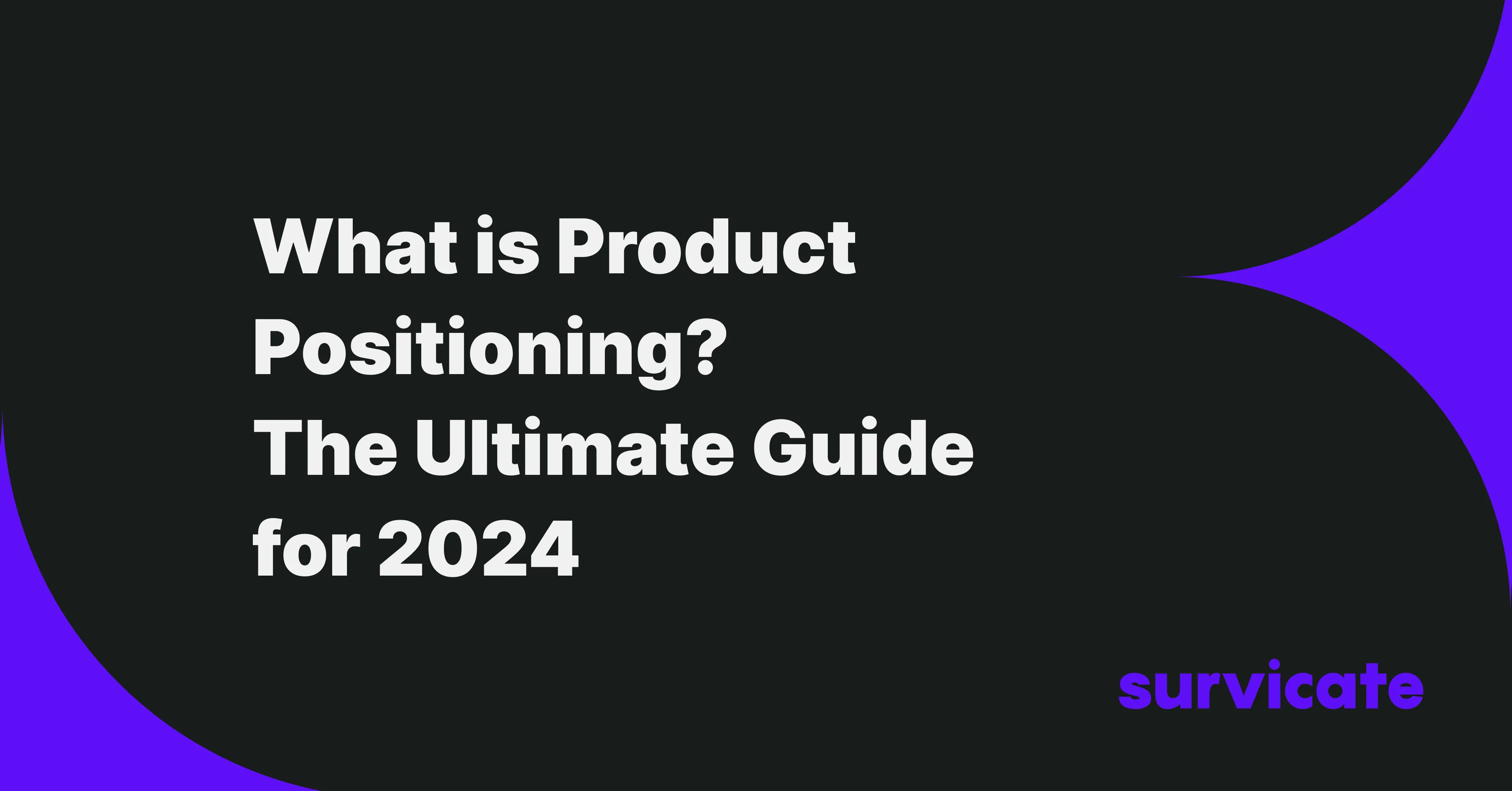
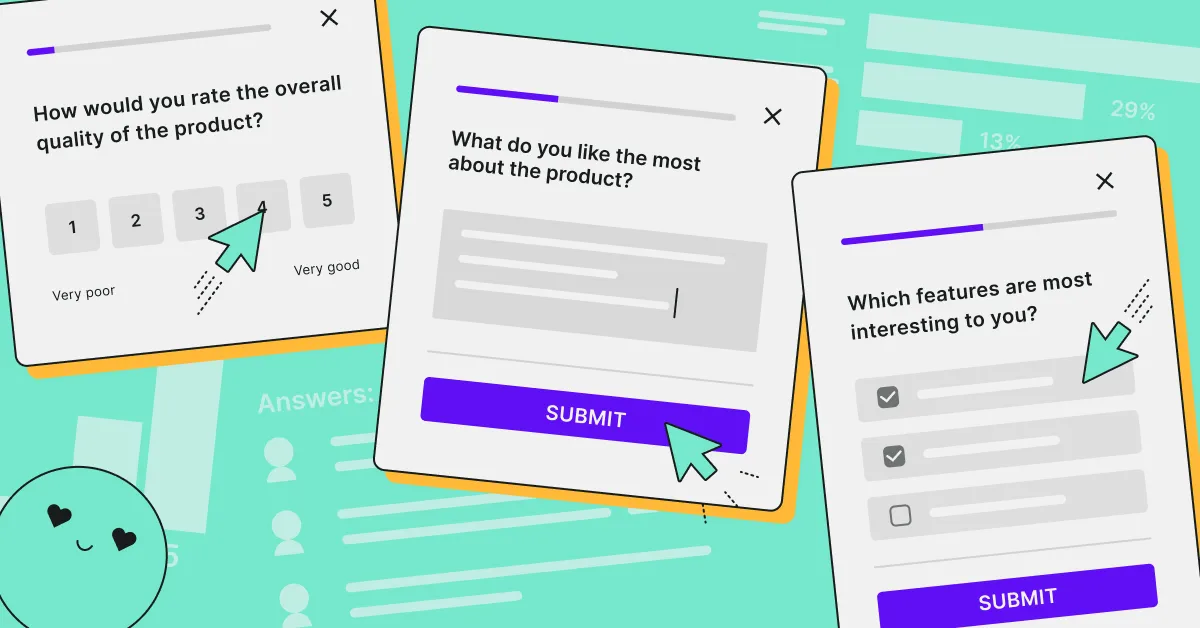
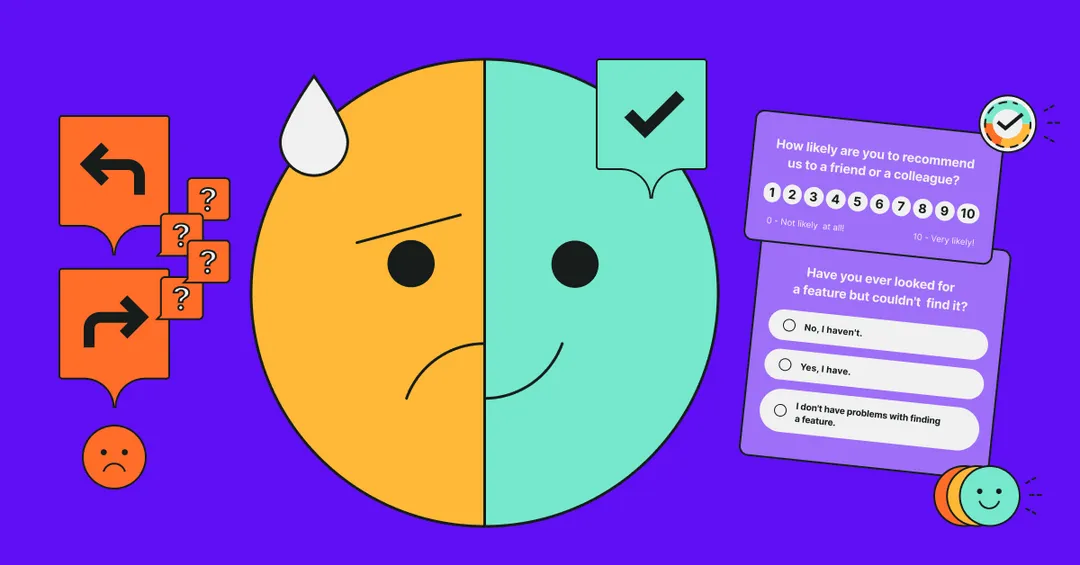
.webp)
.svg)

.svg)



